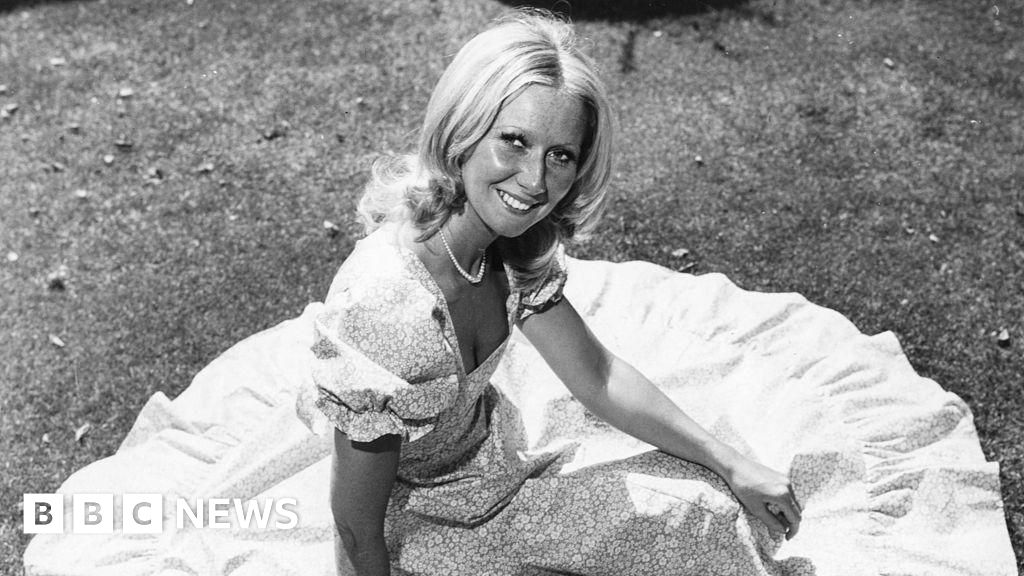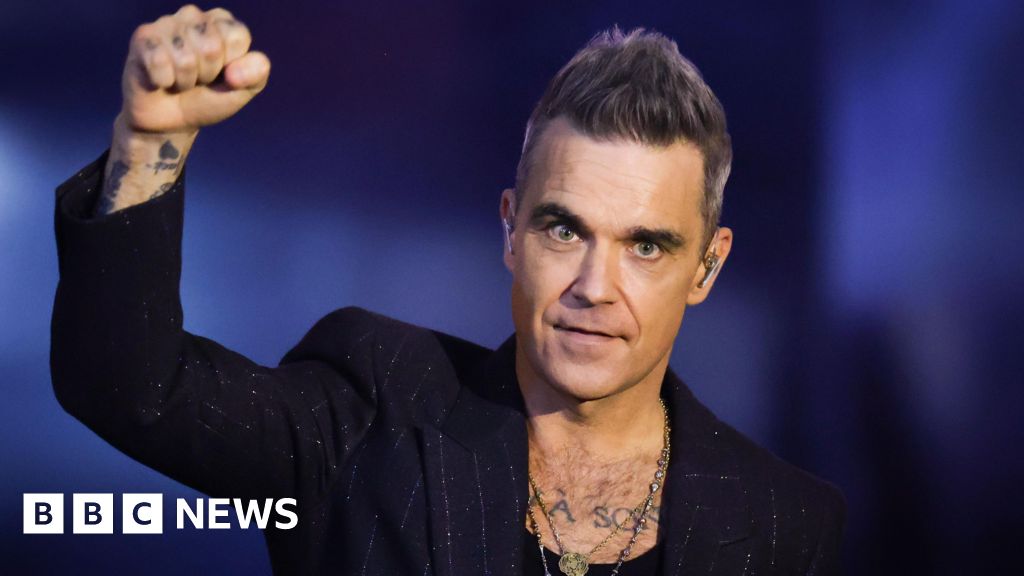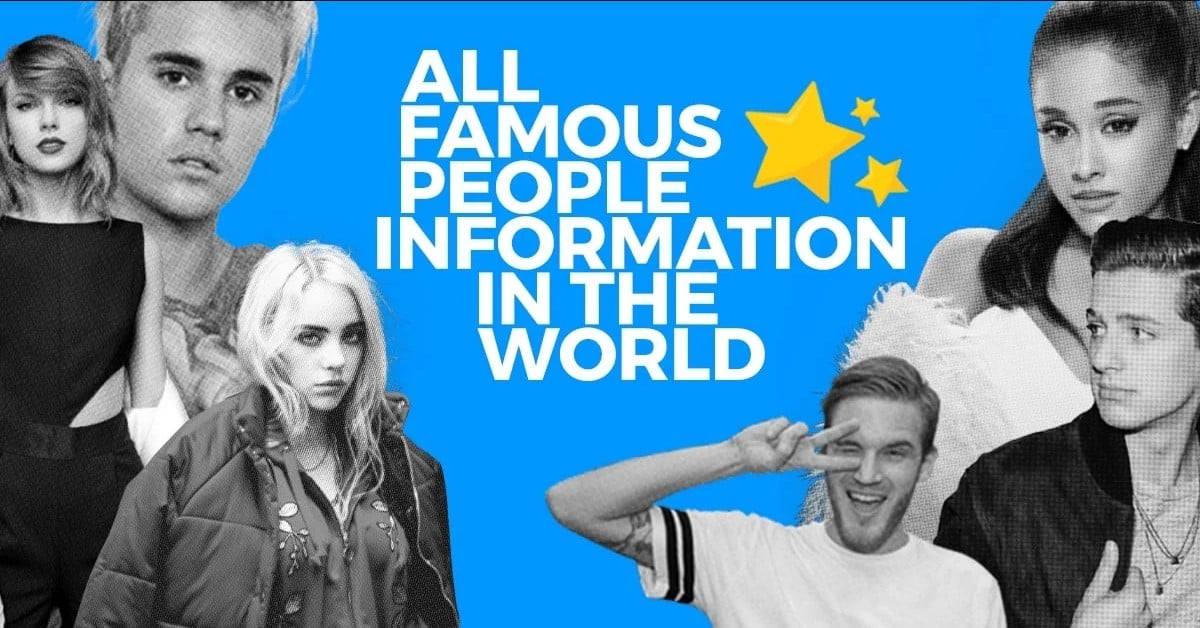He performed autopsies on some of Hollywood’s biggest stars. But many don’t know the behind-the-scenes struggles the so-called coroner to the stars faced as he navigated handling celebrity deaths in the public eye.
Dr. Thomas Noguchi, 98, a Japanese immigrant who served as the Los Angeles County chief medical examiner-coroner from 1967 to 1982, is the subject of Coroner to the Stars, a new documentary premiering at the Slamdance Film Festival in Los Angeles on Feb. 23.
Directed by Ben Hethcoat and Keita Ideno and executive produced by George Takei, the film explores not only Noguchi’s rise to the high-profile position but also how he became the subject of criticism and racial targeting after his medical conclusions — as well as how much he revealed about these deaths — angered a public he was meant to serve.
Presiding over a series of celebrity deaths as tabloid media was on the rise, Noguchi was suddenly thrust into the spotlight soon after he joined the office — often balancing what he could and could not say with what stars’ adoring fans, and their protective family and friends, were comfortable with being publicized.
Discovering Noguchi’s story through the former medical examiner’s 1983 memoir, Coroner, Hethcoat told Yahoo Entertainment that he was initially “intrigued by the celebrity of it all.”
“You think of these celebrity cases, these high-profile cases, many of which have come to have their own sort of folklore about them, right?” he said. “The death of Marilyn Monroe, or the conspiracies surrounding Robert Kennedy’s assassination or Natalie Wood.”
Hethcoat said that, alongside his co-director and producer, “I got to know the man, and the man behind or beyond the person who sat in front of the press.”
What he and his team wanted to explore was a deeper element to Noguchi, someone beyond the forensics and science who was battling his own struggles as well — not only the precariousness of his job but also his experience as a Japanese American and the death of his wife, Hisako.
“The way in which he dealt with that personal grief and loss is in such contrast to the way in which he had to answer questions from the press after, say, William Holden or Natalie Wood passed away,” Hethcoat said, “and I think that’s just a real humanizing element of the film.”
The documentary also explores the question of whether Noguchi was becoming seduced by his own growing fame.
Dr. Thomas Noguchi in the lab. (Fox Archives/Coroner to the Stars)
Soon after he joined the office of the Chief Medical Examiner-Coroner for the County of Los Angeles in 1961 as a deputy medical examiner, Noguchi was confronted with the first of many closely examined cases — the August 1962 death of Marilyn Monroe.
Monroe’s case “really helped create our public relationship with death investigations,” Hethcoat explained.
Through archival footage and interviews, the documentary delves into Noguchi’s meticulous process, conducting the movie star’s postmortem but also examining her psychological state just before her death. He and his supervisor eventually ruled the Some Like It Hot actress’s barbiturate overdose a suicide, confounding a largely disbelieving public.
The 1962 coroner’s report on Marilyn Monroe’s death. (Axel Koester/Corbis via Getty Images)
“That’s hard for us to understand — how somebody with so much fame and fortune and public regard could want to commit suicide,” Hethcoat said. “And if we’re not happy with the answer, we begin to change it or come to our own conclusions.”
Noguchi rose through the ranks and, in 1967, was appointed to the chief medical examiner position by the L.A. County Board of Supervisors — an extraordinary feat at the time for someone not born in the country.
His next and arguably most high-profile case was that of the 1968 assassination of then-presidential candidate Sen. Robert F. Kennedy at the Ambassador Hotel in Los Angeles.
Detailing in a staggering 63-page autopsy report, Noguchi concluded controversially that the fatal bullet came from behind the politician rather than in front of him, which is where the convicted shooter, Sirhan Sirhan, was standing.
“Sirhan Sirhan was charged with the murder of Robert Kennedy because it was his act that started this chain of events,” Hethcoat explained, “but the truth of the matter is, according to Dr. Noguchi’s autopsy report, which was the most detailed, thorough, meticulous, complete medical legal autopsy in all of history ... the shot that killed Robert Kennedy was fired from behind the ear.”
“In my business, tell it like it is,” Noguchi says in the documentary.
Following the case, Noguchi allegedly “embarrassed” Lindon Hollinger, the chief administrative officer of L.A. County, when he went over his head to request more funding for the department. Shortly thereafter, Noguchi came under scrutiny for his handling of the RFK case and had more than 60 charges filed against him by Hollinger’s office that were called “wild” at the time.
Noguchi was accused of showboating and celebrating Kennedy’s death as a way to become more famous. He was also called out for inappropriate humor while in his position, something his defenders said wasn’t unique to a person dealing with the “horrors” of what was seen in daily work life.
The film explores the reaction from not only Noguchi and his wife, who accused the all-white L.A. County Board of Supervisors of racial discrimination for unfairly targeting her husband, but also his supporters. From that dispute, the organization Japanese United in the Search for Truth (JUST), whose members included Star Trek actor George Takei, was born and took up the mantle of supporting Noguchi and using their voice to combat the “perpetual foreigner” and “model minority” stereotypes.
“It’s a very important part of the story,” Hethcoat said, crediting Ideno, who is Japanese American, for bringing that “cultural experience and perspective to the film.”
During his research, Hethcoat had serendipitously found a 1968 letter from Takei to then-Board Supervisor Kenneth Hahn (whose daughter, Janice Hahn, a member of the L.A. County Board of Supervisors, appears in the film) expressing outrage that the county would go after such a “well-respected, world-renown coroner.”
“George really helped bring together this community of Japanese Americans who felt that Dr. Noguchi was being mistreated by the county,” Hethcoat said, “and it’s really through that community that Dr. Noguchi was able to overcome these charges and this attempt by the Board of Supervisors to fire him.”
Noguchi was exonerated and reinstated with full back pay.
His experience just over 10 years later, however, was a different story. This time it was superstar Frank Sinatra, instead of a local government official, who was calling Noguchi’s work into question.
After Noguchi, who became the inspiration behind the popular TV series Quincy, made a public statement about Sunset Boulevard star William Holden’s blood alcohol level at the time of his accidental death in 1981, Sinatra called for the medical examiner to be fired. Mere weeks later, actress Natalie Wood died off the coast of Catalina Island, and Noguchi’s statements about her cause of death were also questioned.
The Board of Supervisors suspended Noguchi for alleged mismanagement and “sensationalized” statements about his celebrity cases. He also faced a possible criminal investigation after accusations of misplaced evidence and looting within the medical examiner’s office surfaced in an investigation by the Los Angeles Times.
Hahn said the suspension was a reaction to Sinatra and others’ criticisms. Noguchi’s lawyer called it “sabotage.” Noguchi was subsequently demoted from his position of chief medical examiner-coroner to physician-specialist.
While the documentary explores Noguchi’s successes and obstacles, it leaves some questions to the audience.
“I think to be in that role, to be in that position, you need some level of a healthy ego if you are going to be the spokesperson for the dead. So, do I think he has an ego? I think he has a healthy ego,” Hethcoat said. “But as far as craving the spotlight or being a media hound, I personally do not think that was ever Dr. Noguchi’s objective.”
As to whether the director wants viewers to question Noguchi’s own relationship with fame, “I think that makes the story more interesting if the audience can come to their own conclusion,” he said.

 Movie
Movie 1 month ago
151
1 month ago
151 




![Presidents Day Weekend Car Sales [2021 Edition] Presidents Day Weekend Car Sales [2021 Edition]](https://www.findthebestcarprice.com/wp-content/uploads/Presidents-Day-Weekend-car-sales.jpg)



 English (United States)
English (United States)